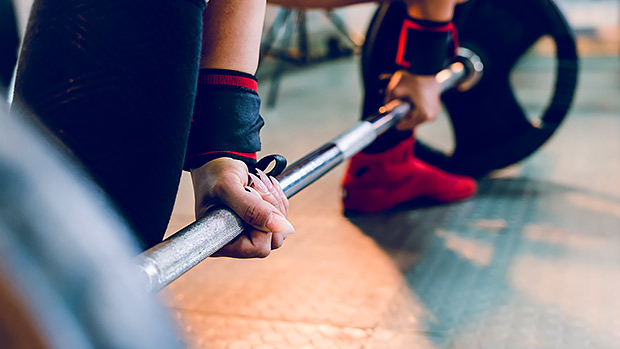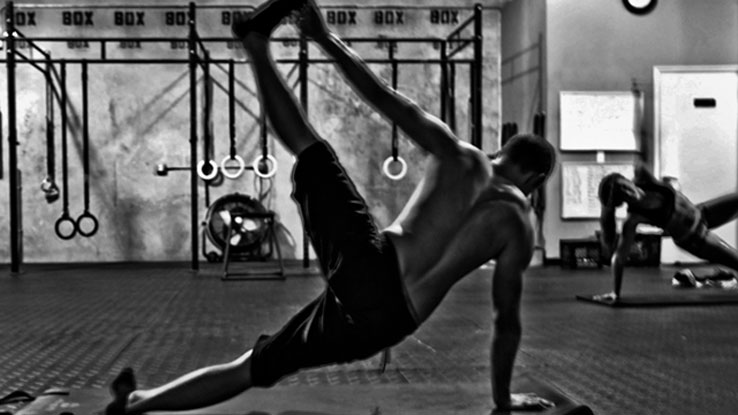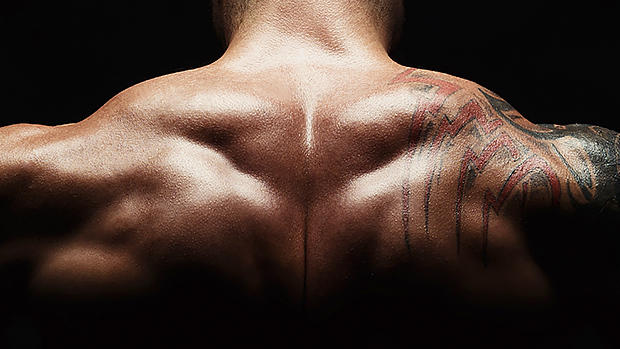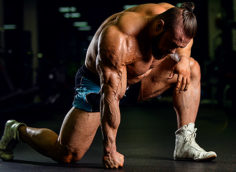The sumo deadlift is one of the best exercises to build a big powerful backside, but lately, it's been getting a lot of flack. Let's address each criticism.
"The sensation (the feeling in the muscles) you're getting from it doesn't mean anything."
When you sumo deadlift with enough weight, you're going to feel a good amount of tension in certain areas. And biomechanics guys love to harp on sensation and the illegitimacy of the mind-muscle connection.
But scientific evidence shows sensation matters. Resistance-trained participants in one study increased either triceps brachii or pec major muscle activity during the bench press when focusing on using the specific musculature at intensities up to 60 percent of 1RM.
Why should sumo deadlifts be different? EMG results aren't biased toward movement patterns. Muscles are muscles, and the mind-muscle connection is a very real phenomenon.
"It's not a glute exercise; it's an adductor magnus exercise."
Sure, the adductor magnus plays a huge role in the sumo deadlift. But so what? Most people have undertrained and underdeveloped adductor magnus muscles.
Training this big inner-thigh muscle can help make all other lower body lifts stronger. It can also make your legs bigger and make you a faster sprinter. Who doesn't want that?
Plus, if you cue the sumo deadlift correctly, you'll definitely feel your glutes engage, which will incite growth and strength there too. But even so, not every exercise has to be done for bigger glutes.
"It's a cheat for lifting as much weight as possible in powerlifting!"
Simmer down. The sumo deadlift actually requires a lot more "breakaway" strength than the conventional version. And if your technique is off, you won't be able to lift the weight. So don't think going sumo gives you that much of an advantage.
And if we're talking about cheating, it's pretty easy to cheat your way through a heavy conventional deadlift. Just make your back look like a fishing rod.
One could argue (not me, but someone out there) that the conventional deadlift is a "cheat" lift considering that you're essentially creating a giant lever out of yourself to lift it.
For the sumo deadlift, you've got to create a ton of tension at the bottom. The lift is much slower off the ground and speeds up toward lockout. The sumo requires more power out of the glutes and less low back versus the conventional, which uses more quads and low back.
If you're properly engaging the lats in either case, low back strain should be minimal to non-existent.
The point? Both lifts have their pros and cons. It comes down to preference, or if you have an injury that's not been properly dealt with. If you have a hip or groin injury, stay away from sumo. If you have a back injury, stay away from conventional.
Strength and hypertrophy training is a matter of preference and doing what works for you. It doesn't pay to be an absolutist and shun lifts just to ruffle a few feathers.
Editor's Note
Need a quick sumo technique refresher? Check out this video from Jason Brown:
Related:
Two Sumo Deadlift Myths – Destroyed
Related:
Are Sumo Deadlifts Cheating?
Reference
- Calatayud, Joaquin et al. "Importance of mind-muscle connection during progressive resistance training." European journal of applied physiology vol. 116,3 (2016): 527-33. doi:10.1007/s00421-015-3305





